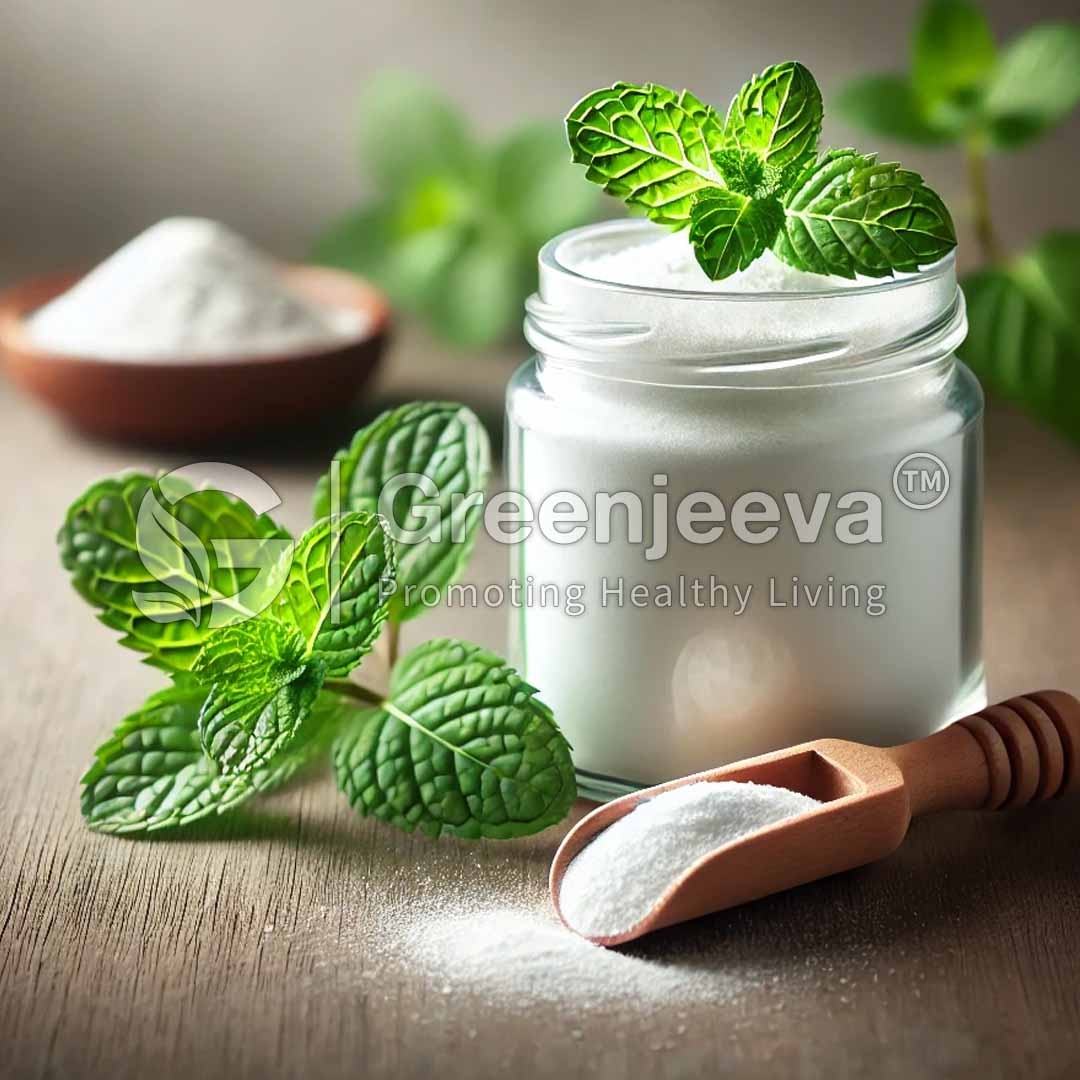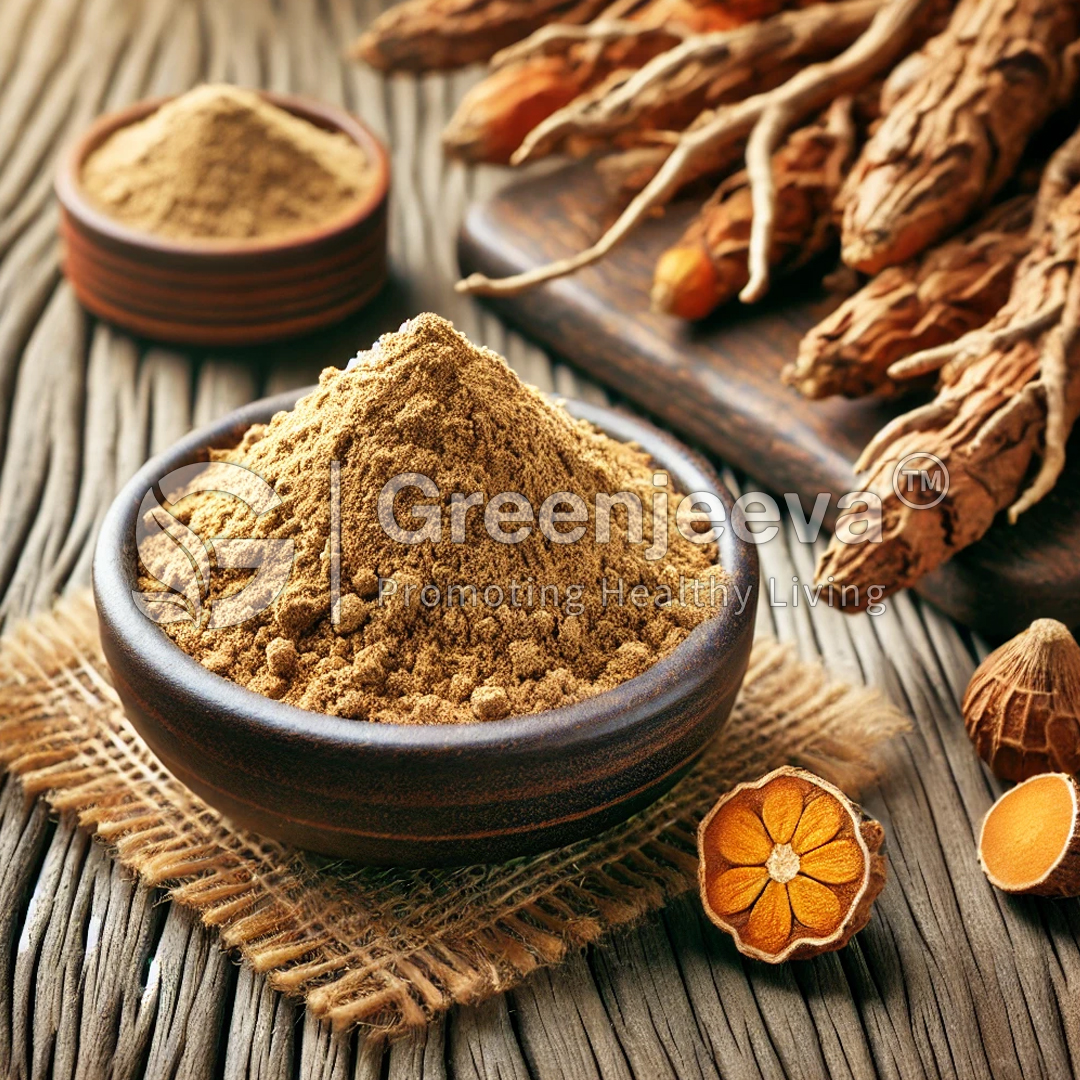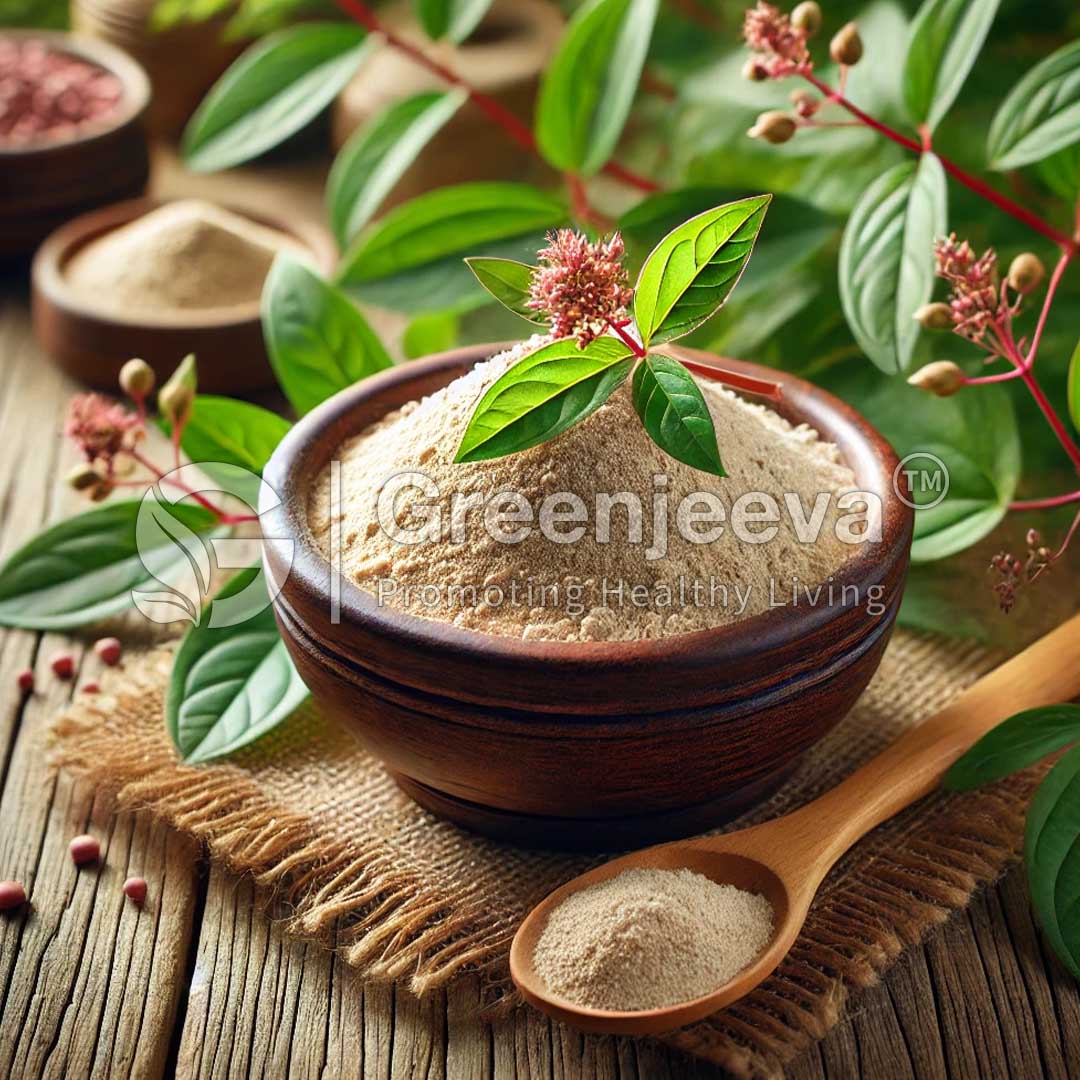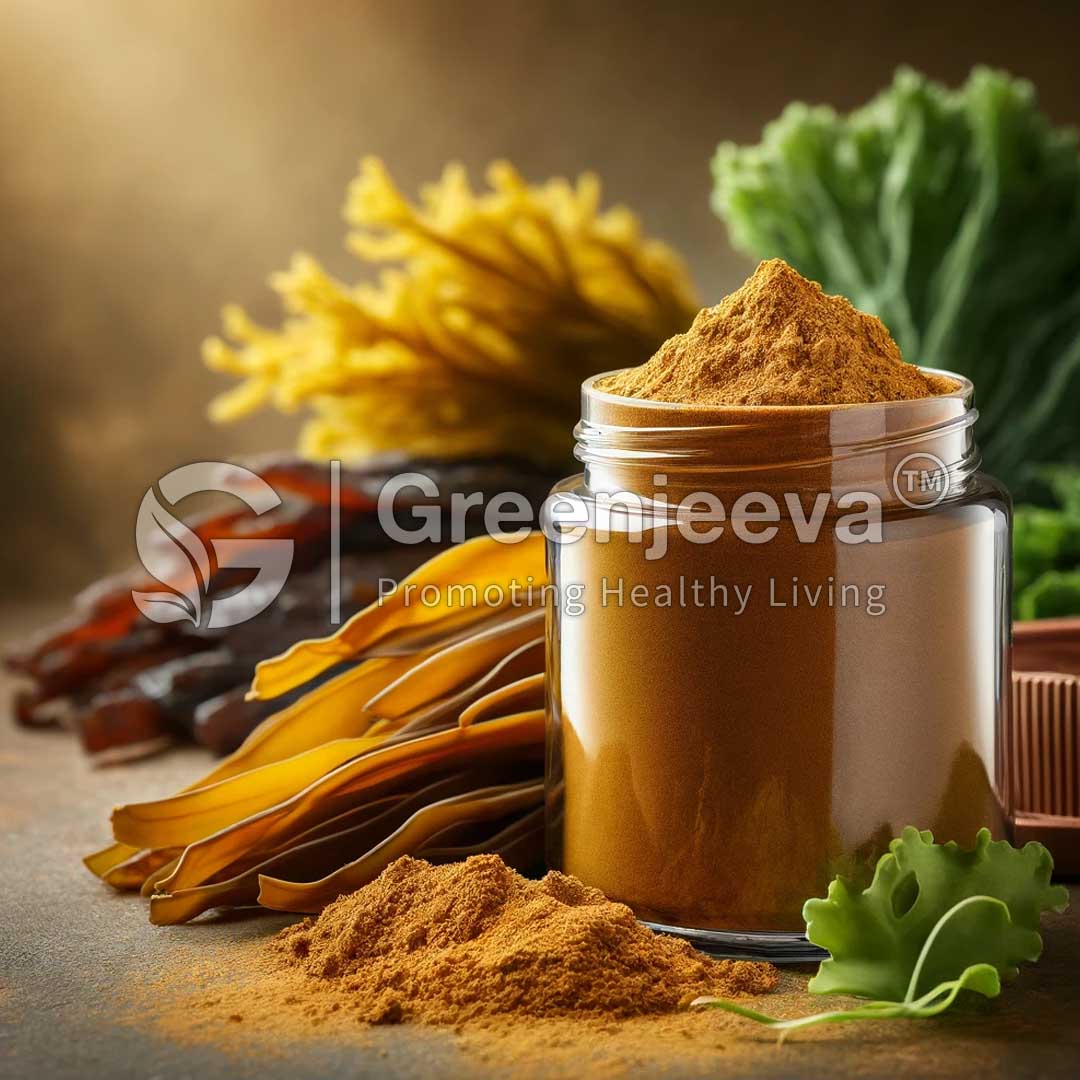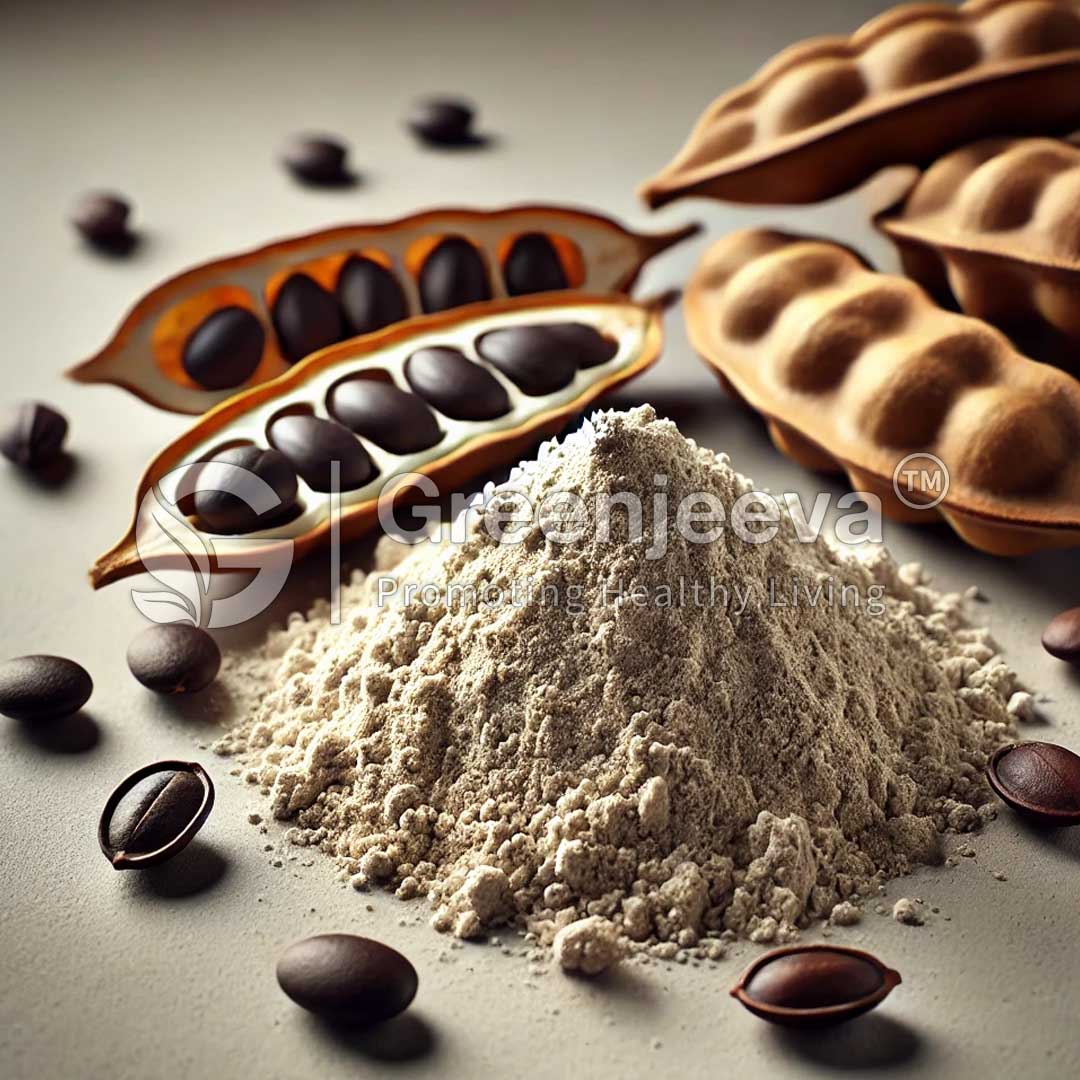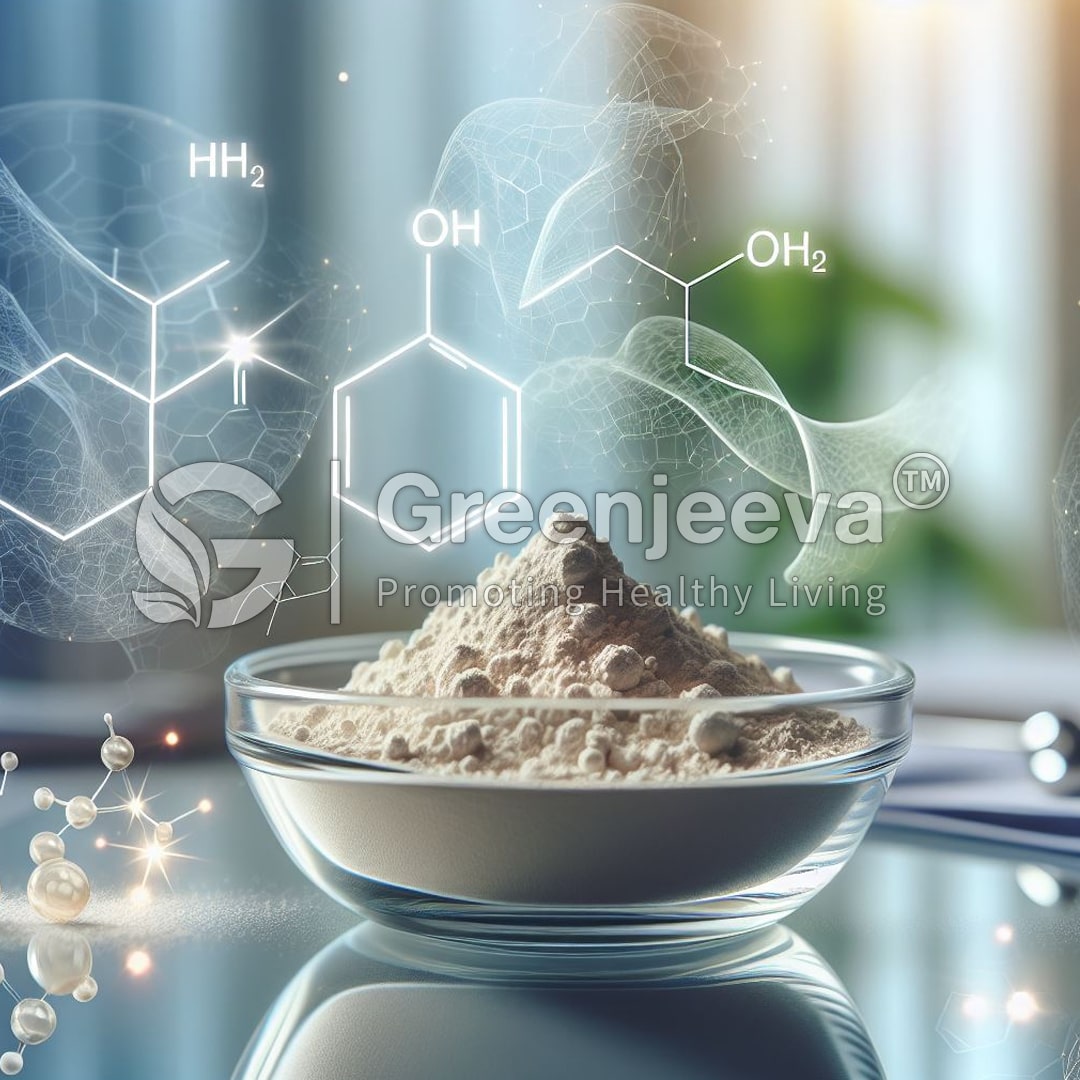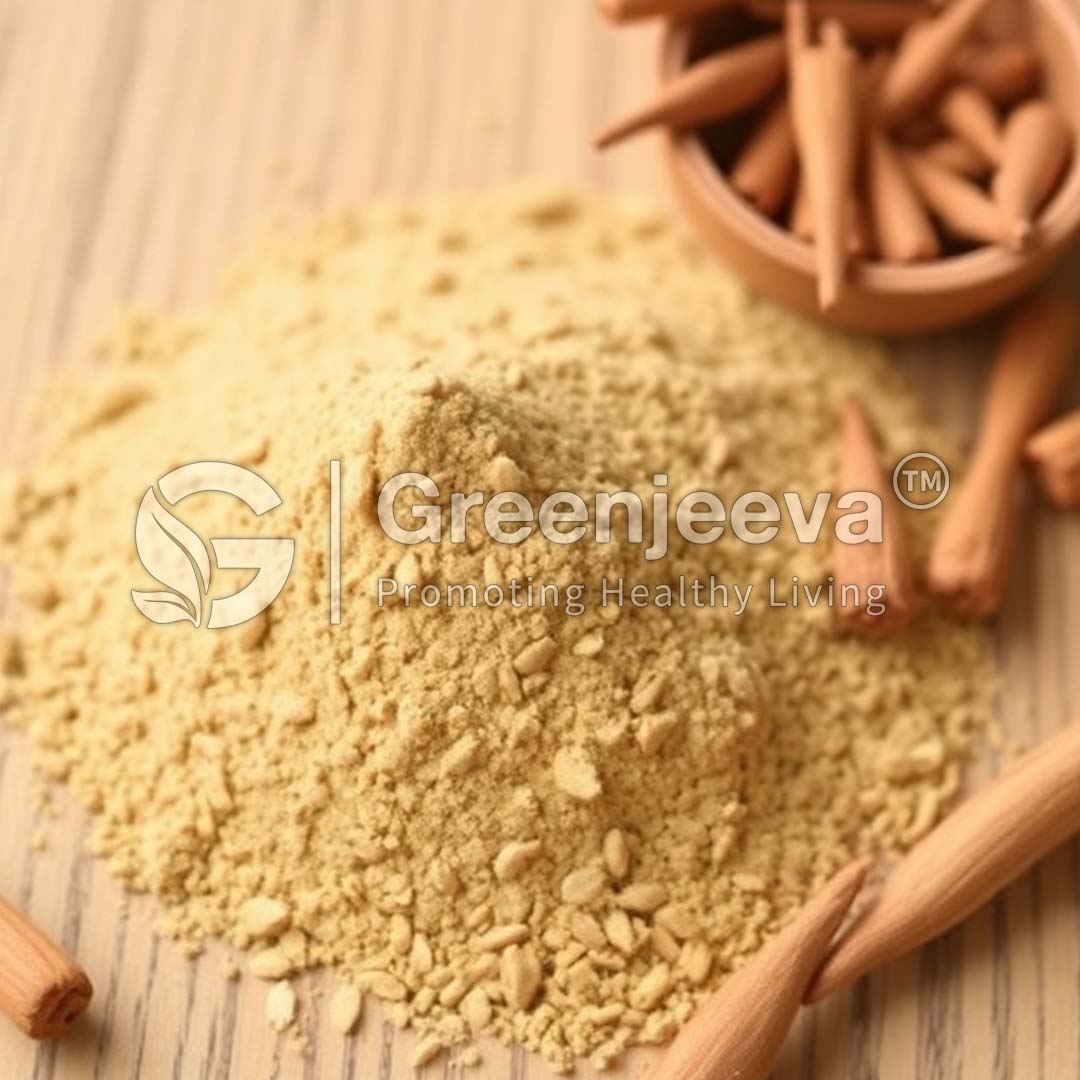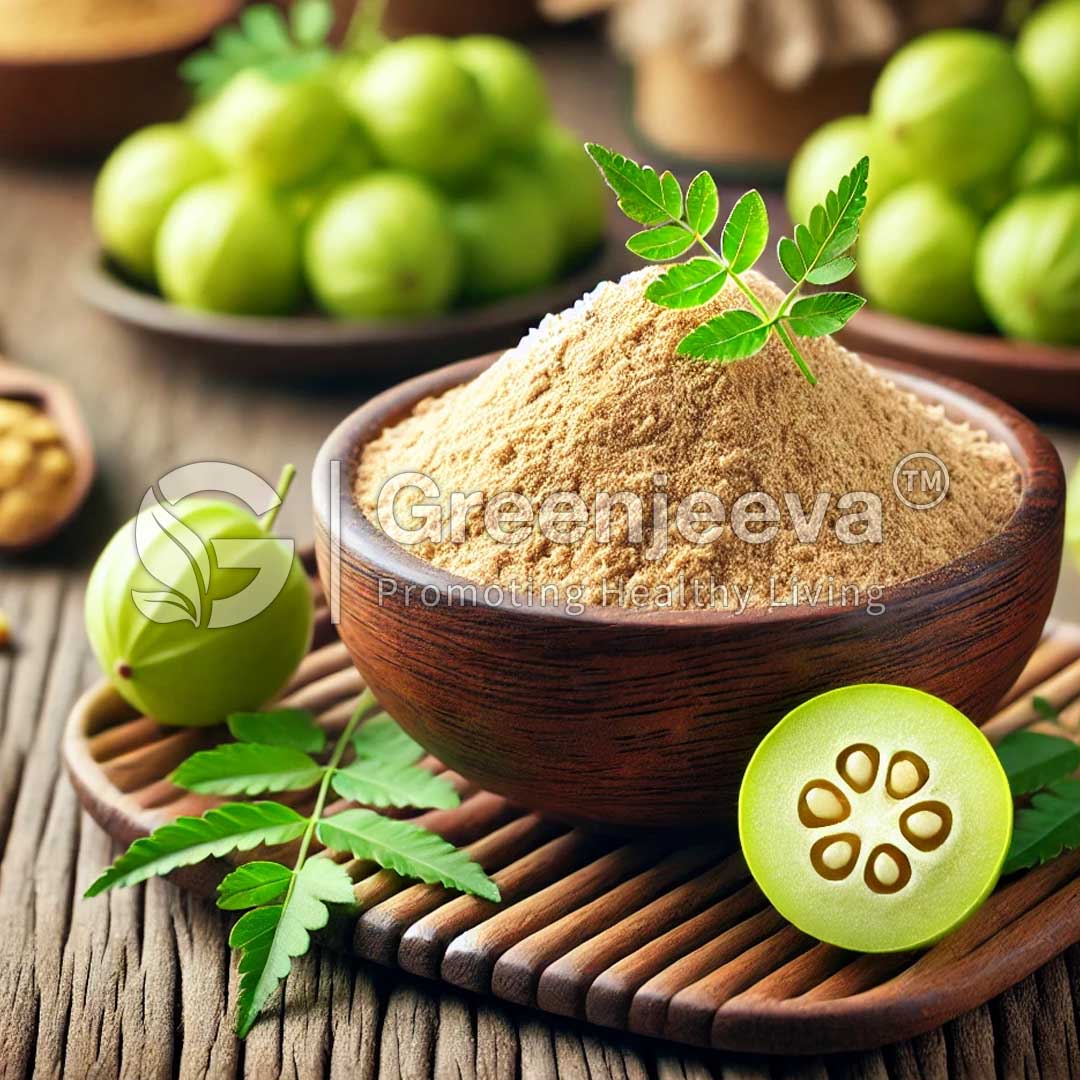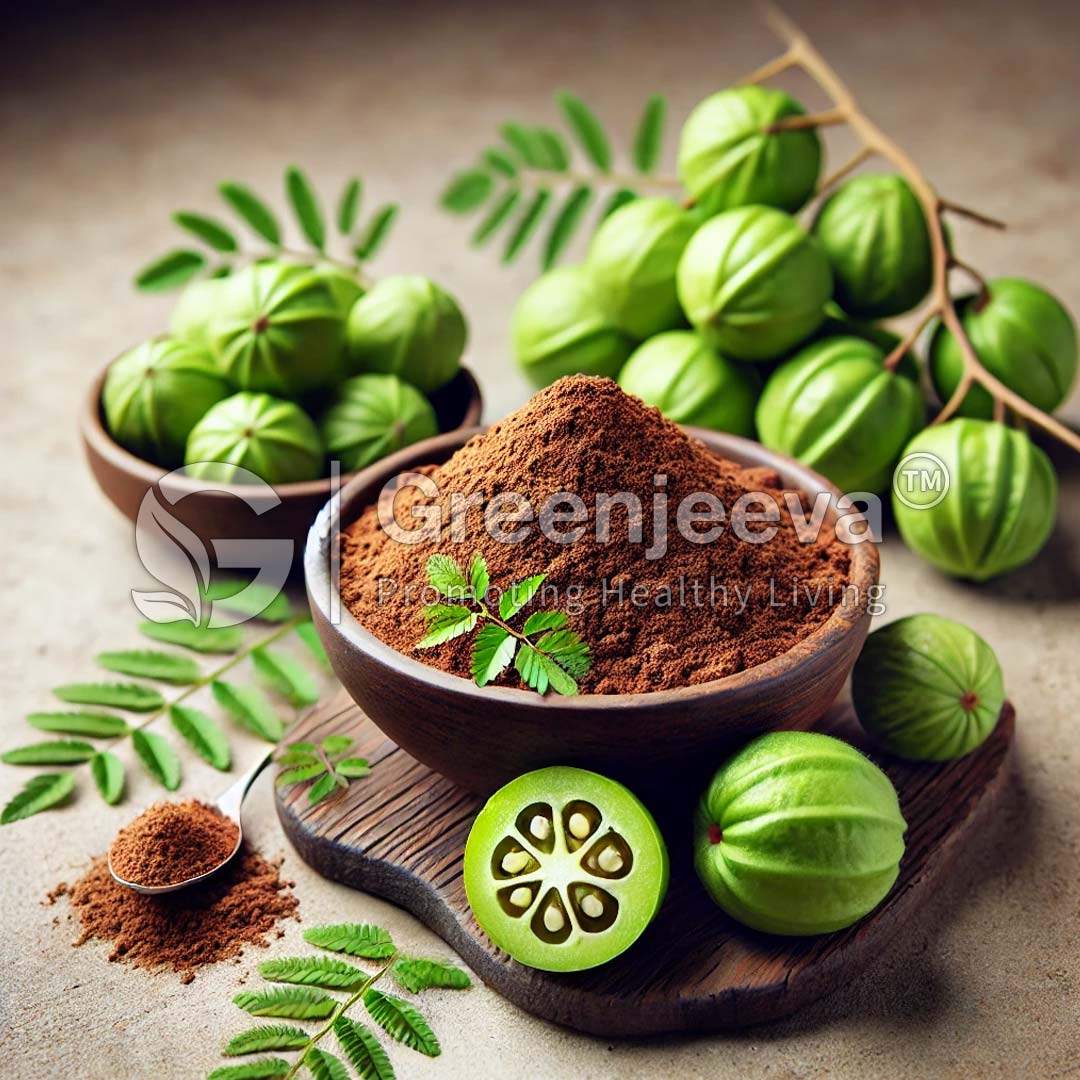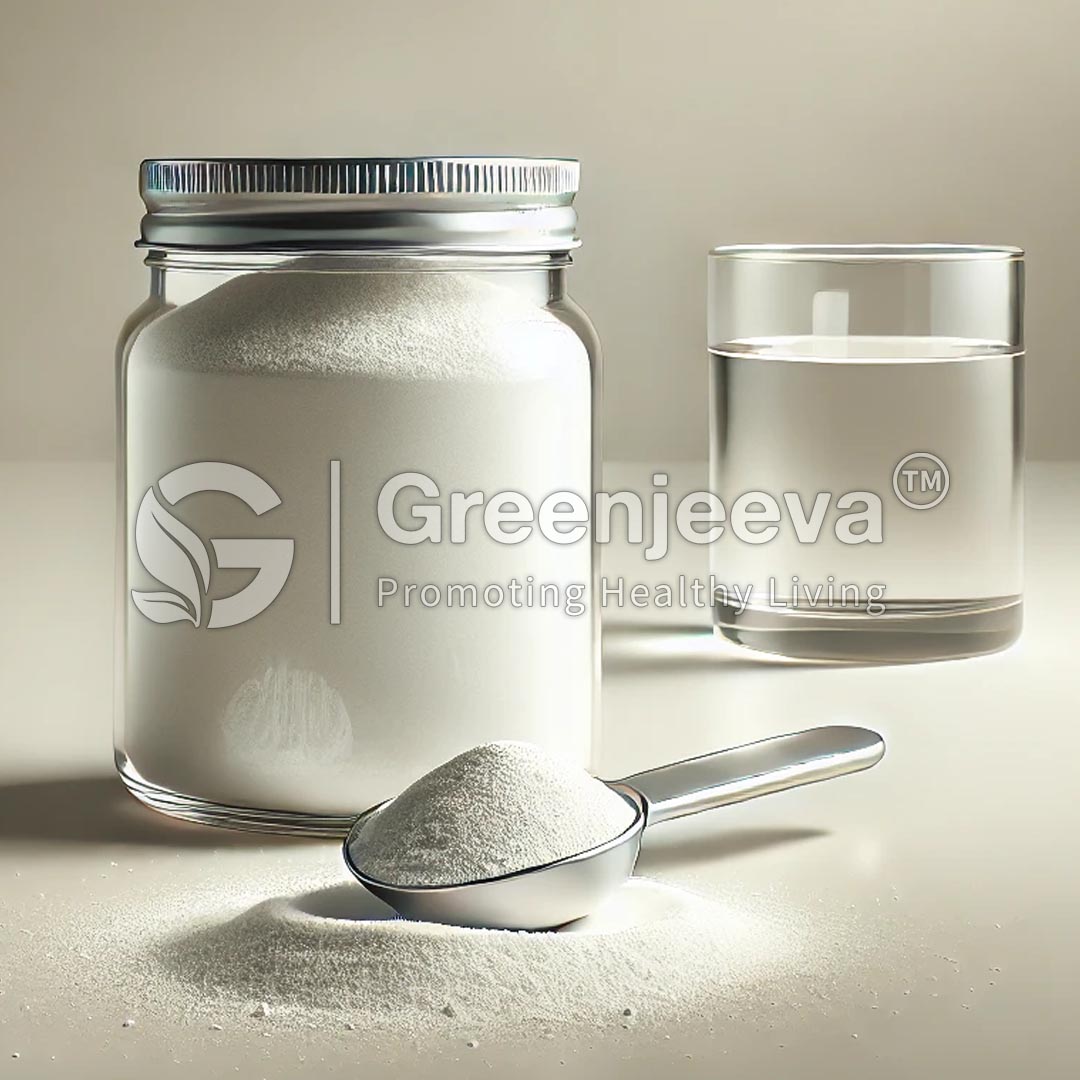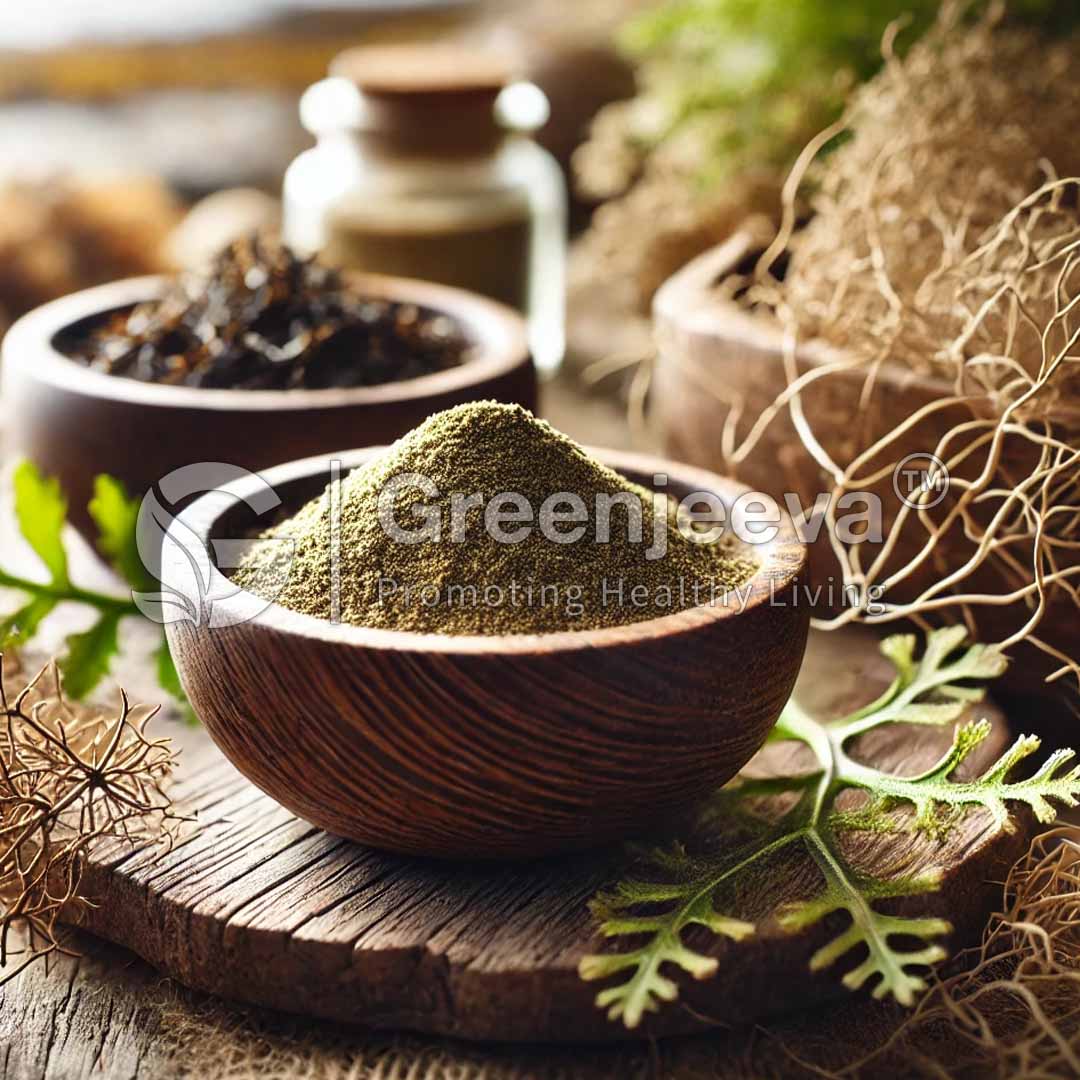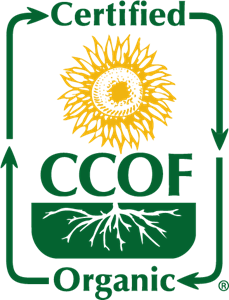Description
Peppermint is widely cultivated for its aromatic leaves and essential oil. The production of peppermint begins with planting root cuttings or runners in well-drained, fertile soil in regions with a temperate climate. Peppermint thrives in full sun to partial shade and requires consistent moisture throughout the growing season. It is often grown in fields with adequate spacing to promote healthy growth and prevent overcrowding.
Harvesting peppermint primarily involves collecting the leaves and stems. The optimal time for harvesting is just before the plant begins to flower, typically in late spring to early summer, when the essential oil content is highest. Harvesting is usually done by cutting the plants about one inch above the ground, which allows them to regrow for a second harvest later in the season.
After harvesting, the peppermint leaves and stems are quickly transported to drying facilities to preserve their aromatic qualities.



